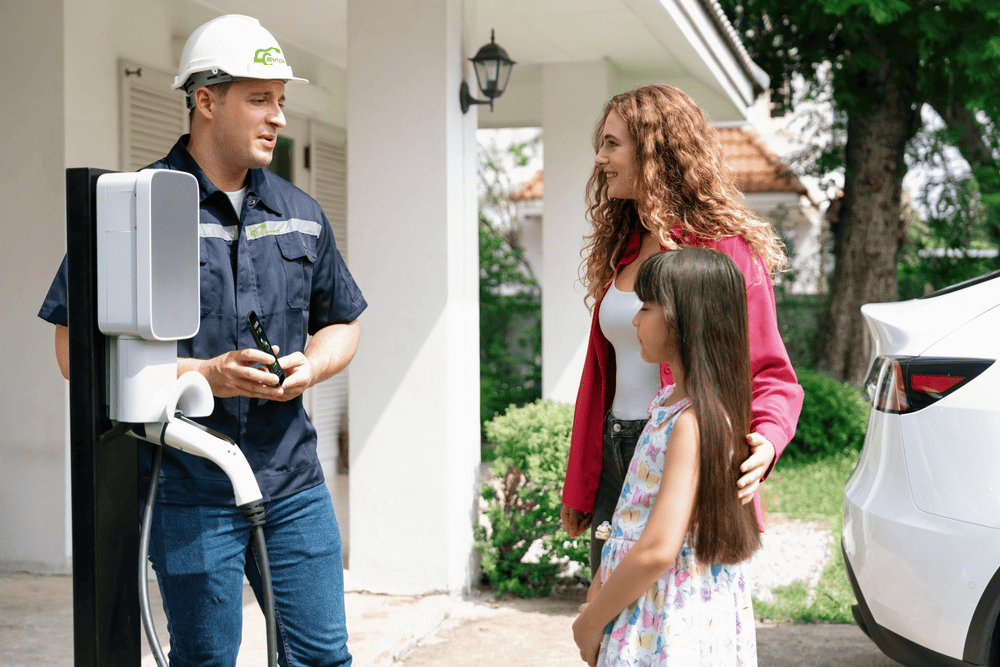As increasing numbers of people choose environmentally friendly options for transport, the adoption of electric vehicle (EV) has witnessed a rise. Alongside this trend, demand for charging infrastructures that charge EVs has risen. This highlights the need for a greater understanding of the charging processes for EVs. What is the EV charging process and how does it work?
EV charging is the process of recharging the battery of an electric vehicle. The basic process is similar to refueling conventional vehicles with gasoline. With one important difference, however: EVs are not powered by combustible fuels. They instead use electricity stored in the batteries to power and drive the electric motors.

Knowing the various charging options available for EVs is a crucial aspect. The owners of electric vehicles can choose from a range of charging options, all with their specific charging speeds and compatibility. Here are some options to consider: To know more, click Electric Vehicle Charging Comprehensive Guide
Level 1 charging: This is by far the most basic method to charge an electric vehicle using common home outlets (120 Volts). Although it is practical, the Level 1 charging can be slow and may take several hours to fully charge an EV. Often used as a home overnight charger.
Level 2 Charger: The level 2 charger operates with greater voltages (typically up to 240 volts). It also offers quicker charging speeds than standard charging. This option is often found in workplaces and residential settings equipped with EV charging equipment. Chargers at level 2 are ideal for overnight charging in the home.
DC Fast charging Sometimes referred to as level 3 charger DC fast charging is the fastest option of the three. It uses higher voltages to enable rapid charging that can charge an EV up to 80% in just a few minutes. DC rapid charging stations are often located near major highways as well as other major routes. They’re also common in commercial areas.
It is crucial that EV owners understand the different charging options to make educated decisions about the best place and method to charge. EV charging is influenced by factors such as charging speeds, charging convenience and the availability of charging stations.
Furthermore, the expansion of EV infrastructure is changing the way we view refueling. In the end, traditional gas stations are supplemented by EV-charging stations and, in some cases they’ve even been substituted. This is an indication of the move towards a more environmentally friendly, sustainable transportation system.
Home charging is a convenience for a lot of EV users. Setting up a charging station level 2 at home makes it simple to charge your vehicle over the night. This will ensure that the vehicle is charged and ready to use the morning. Home charging also saves money and eliminates the necessity to frequent public charging stations.
Public charging infrastructure is still essential, particularly for long journeys or for EV owners without access to home charging. Electric vehicles are becoming more accessible and convenient for consumers with the expansion of public charging infrastructure, combined with advances in technology for charging.
Furthermore, the integration of smart charging solutions as well as renewable energy sources into EV charging networks offers exciting possibilities for sustainability and grid optimization. Solar or wind energy can be used to charge EVs. This can lower greenhouse gases and reduce our dependence on fossil fuels.
EV chargers are a vital element of owning and operating, an electric car. Understanding the options for charging and the changing landscape for charging infrastructure can assist EV owners maximize efficiency, ease of use or sustainability when driving. Clean energy and innovative charging technologies will continue to power the future of transport as we continue to embrace electric vehicles.

